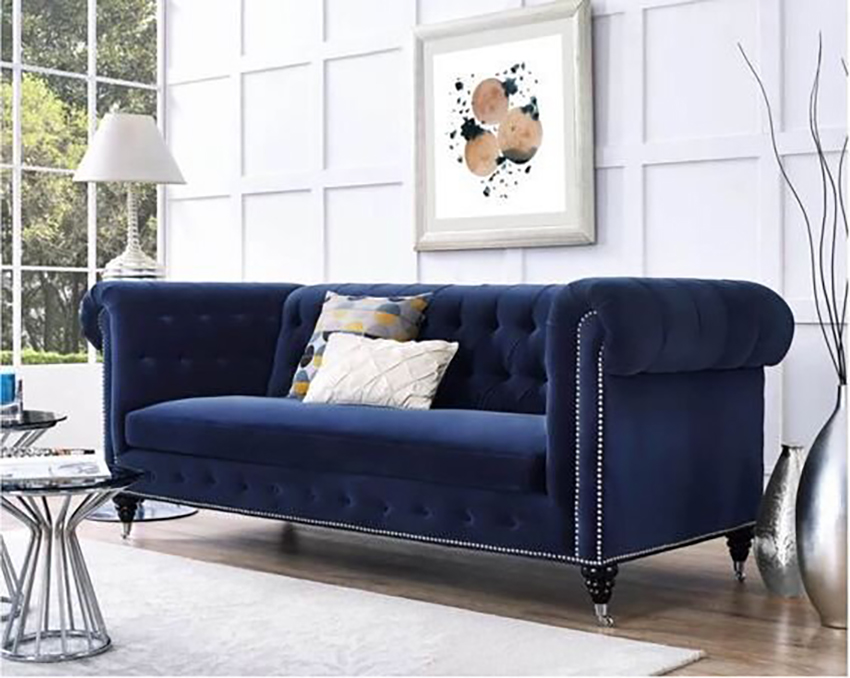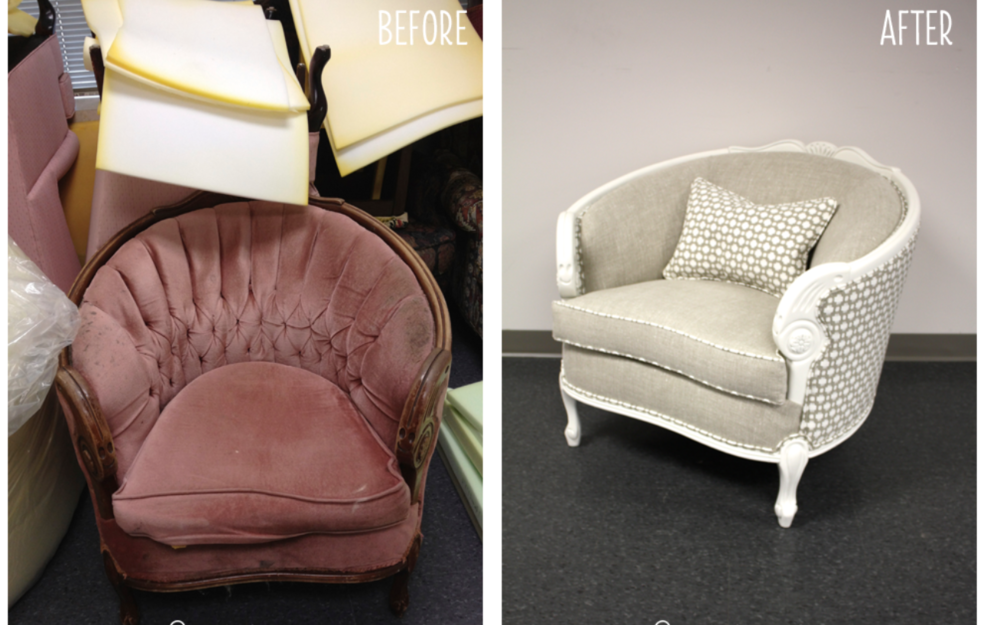
Setting An Interior Design Investment Budget
Can we be frank? Money is a huge stress point when you’re considering an interior design project. You’re afraid of hidden costs or don’t know if you’re being charged fairly. Or it’s been so long since you bought a new sofa, that you’re surprised at the cost. It can be nerve-wracking. So, here are some good ways to put your interior design budget in perspective.
- Be painfully truthful about your actual level of investment can be. Know realistically what you already have to spend; what you have saved and what you know is absolutely on the way (more savings, maybe a bonus at work, yearly stock payouts, etc.) and when. Most of us do not have an unlimited budget. Stretching out an interior design project over time can be a good option. Whether it’s months or years, your home design will be less stressful if you feel in control of when the money is used.
- Prioritize where the money goes. Define what matters to you most. Is there a room or a piece of furniture that needs the most attention? Or something that you’ve always wanted but have put off forever? Focus on that. If you make that change or upgrade, you’ll feel like you’re making progress, and that’s important. Projects like a new bathroom need to be done all at once, so allot the proper funds. A half-done bathroom will make you crazy. Basically, make sure the stuff that will give you the most pleasure or relief is seen to first.
- Educate yourself on pricing. It’s relatively easy to find prices for almost anything you need online. Keep a file of items you like and their costs from different places for comparison. This includes flooring and wallpaper, too, as most sites have materials calculators that will give you the total product needed. Labor costs can vary greatly from task to task and area to area. You can try apps like Thumbtack to compare labor pricing.
- DIY meets reality. If you’re considering doing part of your project DIY, be brutal about your abilities. If you’re not as capable as the pros, don’t throw good money after bad. It’s a waste of time and money to find out that you’re not really as good as you thought, and your tiled backsplash is now off-kilter. Stay in your lane. Hire a pro. And factor in the costs.
- Make trade-offs. A piece of IKEA here, store-bought pillows there, maybe learn how to reupholster a simple seat cushion yourself. It goes back to #2: make sure there’s room for the most important things (in your opinion) and balance out your budget with cost-friendly items. No one has to know you used an old wrap to make pillows. Just take the compliments when they come.
Other Things to Consider:
If you are going to make this a long-term project, start with the items that you are sure will not change (new sofa, custom draperies, new cabinet fronts, a chandelier or pendant that’s finally the right size) or are very personal (fabulous new bedding), so you feel grounded and happy with how you’ve spent your money.
Factor in taxes and shipping/delivery. And tip your delivery people.
Paint is a relatively easy change and relatively inexpensive. But, (Insider Tip), you should choose your paint color last. If at all possible, don’t start with a paint color then try to work furniture and draperies and rugs around it. Coordinate all those elements; then find a paint that works with everything.
Factor 10% into your budget for unexpected costs: an unplanned purchase, oversights or errors or change in plans will nudge your numbers upwards.
Everything costs more in real life than on HGTV.
Worth The Extra Cost:
A fee to measure your kitchen (cabinets & countertops), carpeted areas (stairs or floors), draperies, wallpaper hanging or anything else that needs precise measurements. Precise measurements are life-savers. One inch wrong could cost you a lot of money. A lot.
Reupholstering a beloved or classic piece of furniture. First, if you really love it, the piece deserves to stay with you. Second, you’re keeping it out of the landfill. Third, it’ll be 100% personal to you – no one else will ever have the same piece (which to some of us is priceless, too).

I wish I could tell you how much a living room or dining room costs, but the materials and costs vary so drastically, it would be impossible (although it’s safe to say if you want a living room on the level you see in House Beautiful, that could cost $40k-$100k, including labor). You should be excited for the amount you’re going to invest and clear about what your priorities are for that money. Then you’re in charge and making changes that will have an immediate impact. Good for you. Have a look at our services as part of your process.


